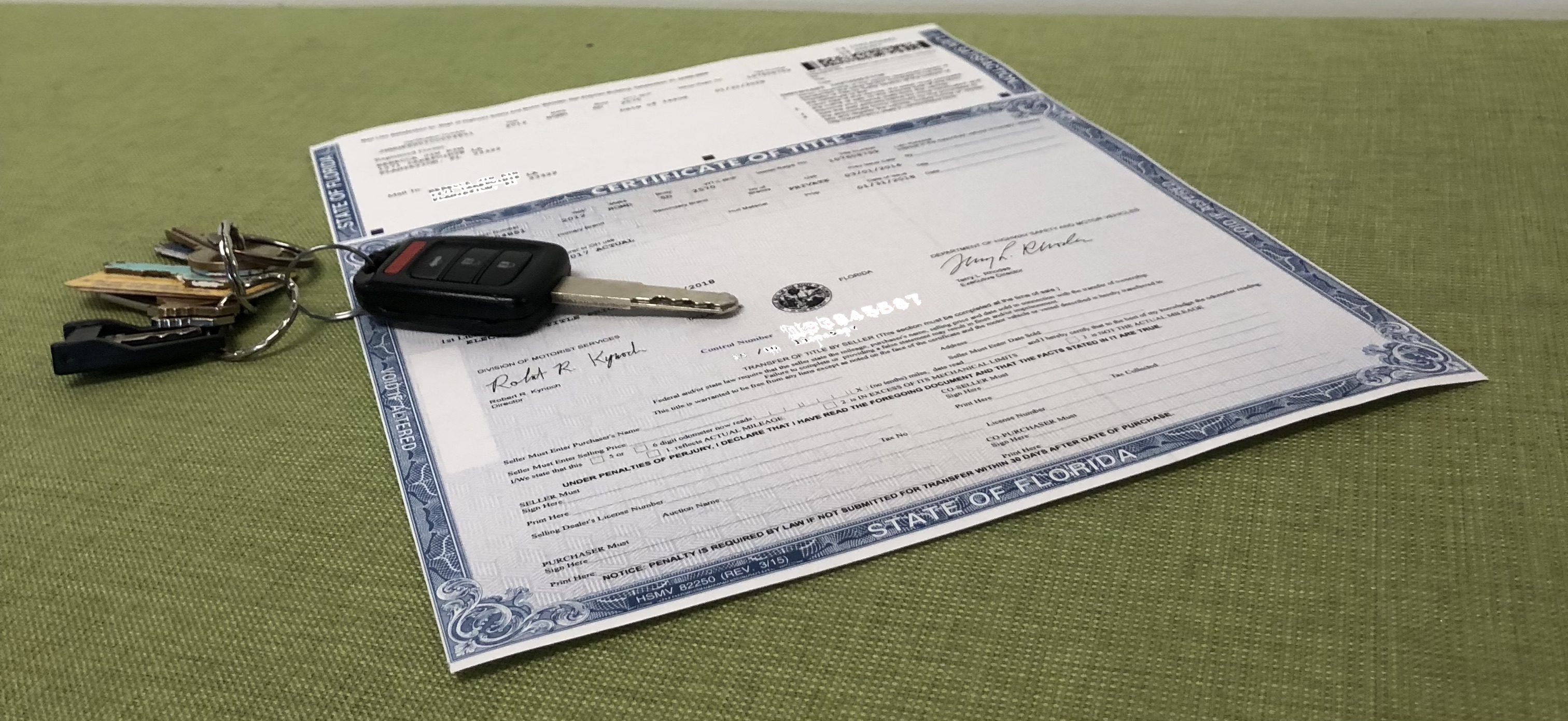
A vehicle's ownership is verified by a legal document called a car title. The title must be formally transferred to a new owner when you sell your car in order to finish the registration process. Let's start with a straightforward explanation: The car title, sometimes referred to as the "pink slip," is no longer always pink. The motor vehicles department in your state is responsible for issuing the title, regardless of the color. The title not only identifies the owner of the car but also the make, model, mileage at the time of the sale, and vehicle identification number. There are two steps in the transfer of a vehicle's title: one for the seller and another for the buyer. To relinquish ownership of the automobile, the seller must first sign the title. The state issues a new registration and title once the buyer visits the DMV with the signed title. To complete the process, certain states might need additional paperwork like a purchase agreement or a transfer of ownership form. When you purchase a new car, the dealer handles the paperwork, and the DMV of your state usually mails you the vehicle title. However, it is the obligation of private parties to transfer the title on the vehicle when they buy or sell cars. If you're the seller, you must check how the title lists your name. You are the sole owner and may easily transfer ownership if your name was the only one listed on the title. You still have a car loan to pay off well before selling the vehicle, though, if the name of a bank or other lender is visible on the title. The situation gets complicated, but you can always get in touch with your lender to ask how to sell a car when you have a loan and how the deal should be handled. Sometimes two people, such as a spouse, jointly own a vehicle. There are two ways to write the automobile title in these situations. It is advised that you visit the DMV website of your state to learn more about the required paperwork, where to sign the title, and how to handle multiple owners. The process might be slowed considerably if you make a mistake, such as registering on the wrong section or attempting to erase anything from the title. You might have to submit a second form stating your error or request a new title from the DMV before the transactions can be finalized. The purchaser is required to register the car in the name of the new owner after the sellers has duly signed the title. In a few areas, you can use the back of the previous title and registration to apply for a new one. If not, you could be needed to get ownership transfer documentation from the state DMV website. The DMV often issues a temporary registration after receiving the title and required paperwork. A new title bearing the name of the new owner is mailed later. Please use caution while changing the title if your name has altered since the car was titled. Your name must be written exactly as it is on the front of title when you sign it.